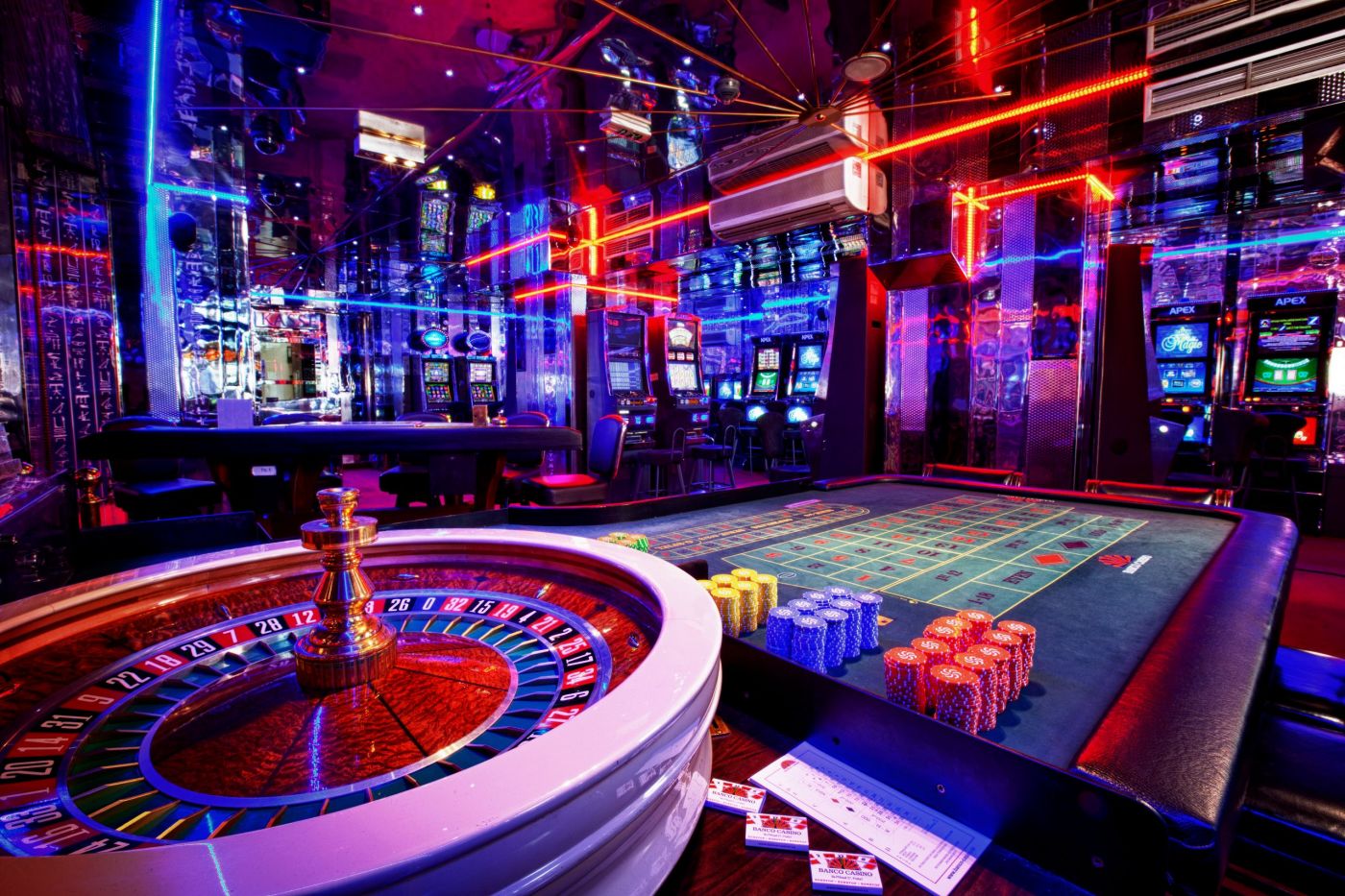
Gambling games have long captivated human interest, drawing players into a world filled with luck, planning, and the allure of thrill. Each game is carefully crafted not just for entertainment, but also to inspire particular emotional responses that keep players involved and invested. Understanding the motivations behind these designs reveals much about how human psychology plays a vital role in the gaming experience.
From the dazzling lights and vibrant sounds to the complex layering of rules and payoffs, casino games are designed to create an atmosphere of thrill and anticipation. Game designers leverage behavioral strategies to influence gambler behavior, whether through the use of jackpots, almost wins, or social interactivity. By examining these elements, we can better appreciate how casino games fulfill not just a need for entertainment, but deeper psychological needs for adventure and hazard.
Comprehending Player Actions
Casino games are designed with a profound understanding of player psyche, which is vital for luring and holding players. The rush of the game, combined with the anticipation of winning, creates a strong attraction. Game designers make use of elements like sonic elements, vibrant graphics, and captivating gameplay to seize attention and elicit emotional responses. These sensory elements enhance the immersive experience, making players feel more attached in the game.
Another notable aspect of player behavior is the idea of risk and reward. Casino games often manage high-stakes situations with the potential for significant rewards, which can lead to the occurrence known as near-miss effect. When players come near to winning, the brain releases dopamine, strengthening their behavior and encouraging them to keep playing in search of that fleeting win. This cycle of wish and letdown plays a crucial role in how games are structured and advertised. non GamStop casinos
Lastly, community aspects also play a critical role in player behavior at casinos. Many games are designed to be played in teams or in company with other players, fostering a sense of togetherness and collective experience. The interaction inherent in games like baccarat enhances enjoyment and can lead to extended gameplay. Designers leverage on this by designing environments that prompt players to stay, connect, and revisit, making the overall casino experience more appealing.
The Role of Visuals and Audio
Visuals and sound play a crucial role in improving the player’s experience within gambling games. Designers utilize vibrant colors, striking graphics, and captivating animations to attract gambler’s attention and sustain their interest. The use of themes, such as adventure or opulence, helps create an immersive atmosphere that transports players into a different world. By connecting to the senses, these elements contribute to a heightened emotional response, encouraging players to engage more deeply with the games.
Audio design is just as important in enhancing the experience of casino games. The mix of background music, audio effects for successful combinations, and environmental noises creates an auditory landscape that keeps players fascinated. Sounds associated with wins, such as chiming bells or celebratory music, evoke feelings of excitement and satisfaction, encouraging players to continue playing. These sound cues are carefully placed to enhance the excitement of the game and create a more immersive experience.
Additionally, the alignment of imagery and sound is important for supporting the game’s overall concept and atmosphere. Each element should coordinate seamlessly to create a cohesive experience that draws players in. The effective use of this integration not only enhances user satisfaction but also increases the chances of repeat play, as players become more engaged in the immersive world that the gambling games offer. This thoughtful integration of imagery and sound ultimately enhances player involvement and loyalty.
Reward Structures and Participation
The creation of gambling games significantly relies on incentive structures to keep participants engaged and coming back for additional experiences. These structures are rooted in psychological principles that take advantage of human nature and motivation. Players are often driven by the excitement of success, which is supported by instant feedback through the game’s mechanics. This prompt satisfaction not just enhances the gaming experience but also fosters a feeling of achievement, prompting participants to continue playing in hopes of greater gains.
Gaming establishments utilize various incentive systems, including large payouts, bonuses, and multipliers, to captivate participants. These features create a layer of thrill that sustains interest. Additionally, the unpredictability of outcomes plays a significant role in keeping interest. The intermittent reinforcement schedule, where successes are unpredictable but occur often enough, keeps players on edge and motivated to keep playing. This cycle of anticipation and expectation is essential to the effectiveness of casino games.
Moreover, community aspects, such as tournaments and multiplayer features, boost the engagement factor by tapping into the competitive nature of players. The shared experience of playing with others can amplify the thrill of success and create a community atmosphere within the gaming space. By combining these social dynamics with efficient incentive structures, casino games not only provide fun but also foster a deeper bond among participants, reinforcing their loyalty to the overall experience.
